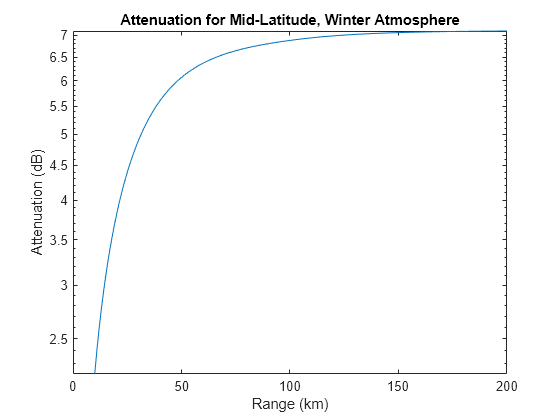tropopl
Description
Lgas = tropopl(R,F,H,EL)
Lgas = tropopl(___,Name,Value)
[
calculates the corresponding lens loss. The variation in refractivity versus altitude makes
the atmosphere act like a lens with loss independent of frequency. Rays leaving an antenna
are refracted in the troposphere and the energy radiated within some angular extent is
distributed over a slightly greater angular sector, thereby reducing the energy density
relative to propagation in a vacuum.Lgas,Llens] = tropopl(___)
Examples
Input Arguments
Name-Value Arguments
Output Arguments
More About
Extended Capabilities
Version History
Introduced in R2021a
